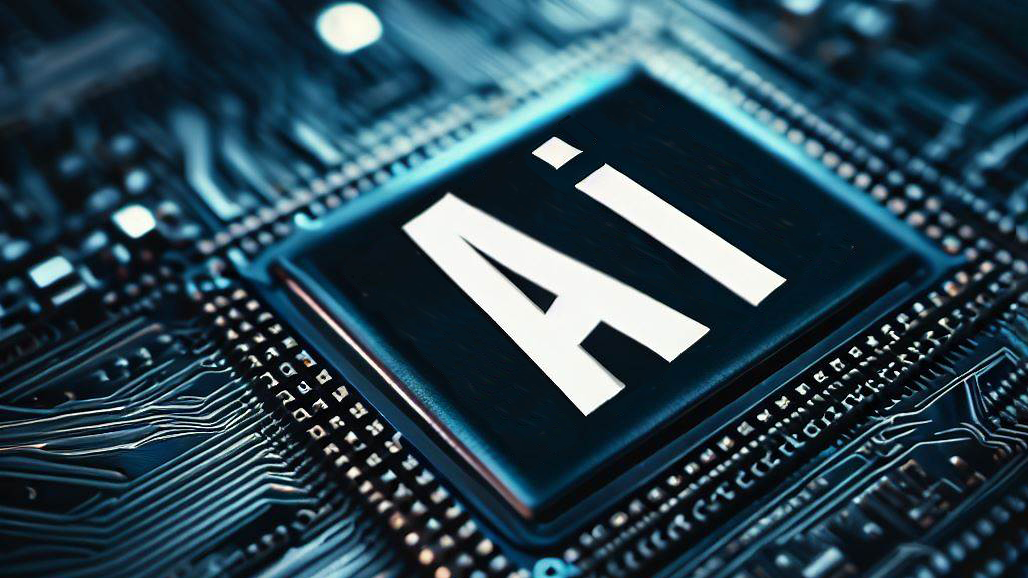
Developing Software for Debt Collection Agencies in 2023
Software is a crucial part of any modern business. In this article, I'll go over the common software used by debt collection agencies, the features the software often have, the benefits of these features, and the technology stack used for their development.
For people who have been working in the debt collection industry for more than a few decades, the memory of the time before the internet age is most likely a mix of both nostalgia and pain. Records on debtors were kept in massive file cabinets, and countless hours were spent rummaging through utility bills, public records, and physical credit reports, just to find enough information on the debtor to start pursuing a case. Once a case had started, physical documents were sent through fax to branches to conduct site visits, and reports were then sent back.
But that time has now long passed, and anyone looking to run a successful debt collection business today must employ modern means in order to have any chance of success. This means utilizing the benefits of new technology to its fullest. For a debt collection company, there are several common types of software that are often used in order to increase a company’s efficiency.
1. Case Management Software

Case management software is software that is designed for a debt collection company to help them better manage the debt collection cases they are handling. Most commonly, this software will store the various data and documents of a debt collection case such as a debtor’s name, address, contact details, and documents such as contracts and invoices. Additionally, this software will have a record of the interactions between the debtor and the debt collection agency, tracking the steps the agency has taken with the debtor to collect the claim.
In addition to these core functions, additional functions are also often present in debt collection management software. For example, if a debt collection agency relies heavily on site visits, it’s common to have their system integrated with Google Maps API, and distribute cases to a collector, along with a list of sites to visit through the day, and the best route to take during that time. Another example might be a debt collection agency that relies heavily on email, which would have an integrated system that sends automatic emails to debtor emails, formatting and writing the emails automatically depending on the situation of the debtor’s case.
The technology generally used to develop case management software is generally well-established frameworks and libraries that have been around for many years. If a debt collection agency would like for the software to run as a program on windows, they may opt to use C++, Python, or any of the other numerous programming languages that can be used to develop desktop applications. The backend of the case management software, however, most certainly will rely on a web app API that may be built with python (utilizing Flask or Django frameworks), Java (Commonly utilizing Spring Boot & the rest of Spring Family), or one of the other common languages used for building web apps (i.e. JavaScript’s Node.js, Ruby on Rails, PHP...etc). On the database side it’s common to utilize a simple SQL database like MySQL or a no-SQL database such as MongoDB, along with a variety of data storage tools such as Redis and RabbitMQ.
2. Call Center Software

Call center software is software that a debt collection agency uses to manage calls to a debtor. It is often integrated directly into a company’s case management software, and records of calls between collectors and debtors are stored directly at the end of each call. When integrated well into a company’s case management system, call center software becomes a powerful tool for debt collection agencies.
Good call center software should automatically allocate cases to call center collectors depending on the variables such as the current status of the claim, the time since the last contact with the debtor, and the outcome of the latest contact with the debtor. Many calls can be automated by good call center software in order to lower the cost of phone call collections. When automating debt collection calls, it’s important that call center software is capable of quickly and efficiently transferring the call to a real collector when a debtor engages positively with the automated call. Additionally, it’s important for the call center software to be built upon an intelligent AI system, so that the automated call is impossible to distinguish from a real person. We’ll go over AI integration in the next section, but first let’s go over the technology stack used in call center software for debt collection agencies in 2023.
The technology stacked commonly used in call center software involve a large combination of programming languages, frameworks, and tools. Commonly used languages include Python, C++, and Java. Python is favored for the easy of development and the speed at which you can modify/develop code, while C++ is favored the massive amount of control a developer can have over any program developed with it. Additionally, C++ can take advantage of a powerful framework called FreeSWITCH, which handles voice and video communications. In addition to the FreeSWITCH framework, voice recognition and text to speech software is essential. Frameworks such such as Mozilla DeepSpeech for speech recognition and libraries like pyttsx3 and Google Cloud for text-to-speech conversion are commonly used. While pyttsx3 is open-source and free to use, the voice it generates is fairly robotic, which has a negative affect on debt collection. Google Cloud’s text to speech solution is much more natural sounding, but comes with additional costs.
In addition to these call center specific technologies, other standard technologies are utilized such as Spring Family, databases such as mongoDB and MySQL, and other tools such as redis and messageque.
3. AI Integration

Like many other industries in 2023, the big change in terms of technology is integration of a company’s technology with various AI-powered algorithms. This rate of integration has been further accelerated after OpenAI’s massive success with their release of ChatGPT, a chatbot based on their natural language processing models.
There are two big fields in AI: natural language processing (NLP) and computer vision (CV). Computer Vision is a field that aims to enable computers to see and understand the real world. It involves converting a video feed into large arrays of numbers, which are then put through an algorithm in order to find certain patterns that correlate with certain objects. Computer Vision, however, is rarely used in the industry of debt collection. Instead, it is the field of NLP which is taking the debt collection industry by storm.
NLP is an AI field that seeks to train algorithm to understand and reproduce human language. There are a whole host of activities that NLP models can help a debt collection agency with, including automated writing of summaries of calls between debtor and collectors, automating conversions and emails between debtors and collectors, finding patterns in raw data from skip tracing activities, and more.
There are two paths a company can take when integrating NLP into their business processes. The first option is to train a model from scratch. This option is rarely taken due to the amount of investment needed to train a model from scratch. If this option is chosen, a company will need a powerful team of AI developers, and a large amount of training data. Due to the cost of this, company’s often chose to utilize pre-trained models such as the ones made available via API by OpenAI, or free/open source models such as BERT and SPACY. These pre-trained models can be “fine-tuned” to fit a debt collection agency’s specific need, in a much more cost-efficient way than training a model from scratch.
In addition debt collection management software, call center software, and AI-integration, there are many other software development needs a debt collection agency may have, and a project’s technology stack should be adjusted accordingly to fit the unique needs of each individual company in order to maximize return on investment. In order to do this properly, it’s essential to have a team of highly-qualified and motivated engineers that have experience developing debt collection software. If you need help modernizing/upgrading your collection agency’s technology stack, please reach out to me.


